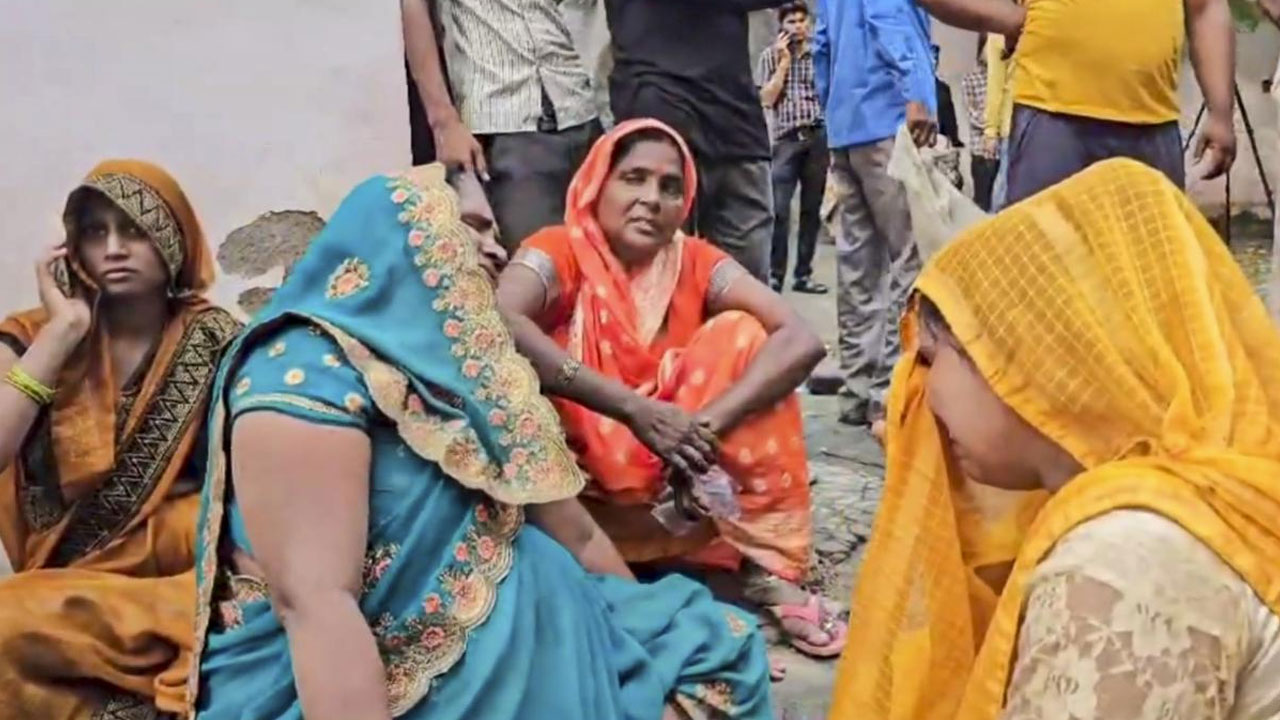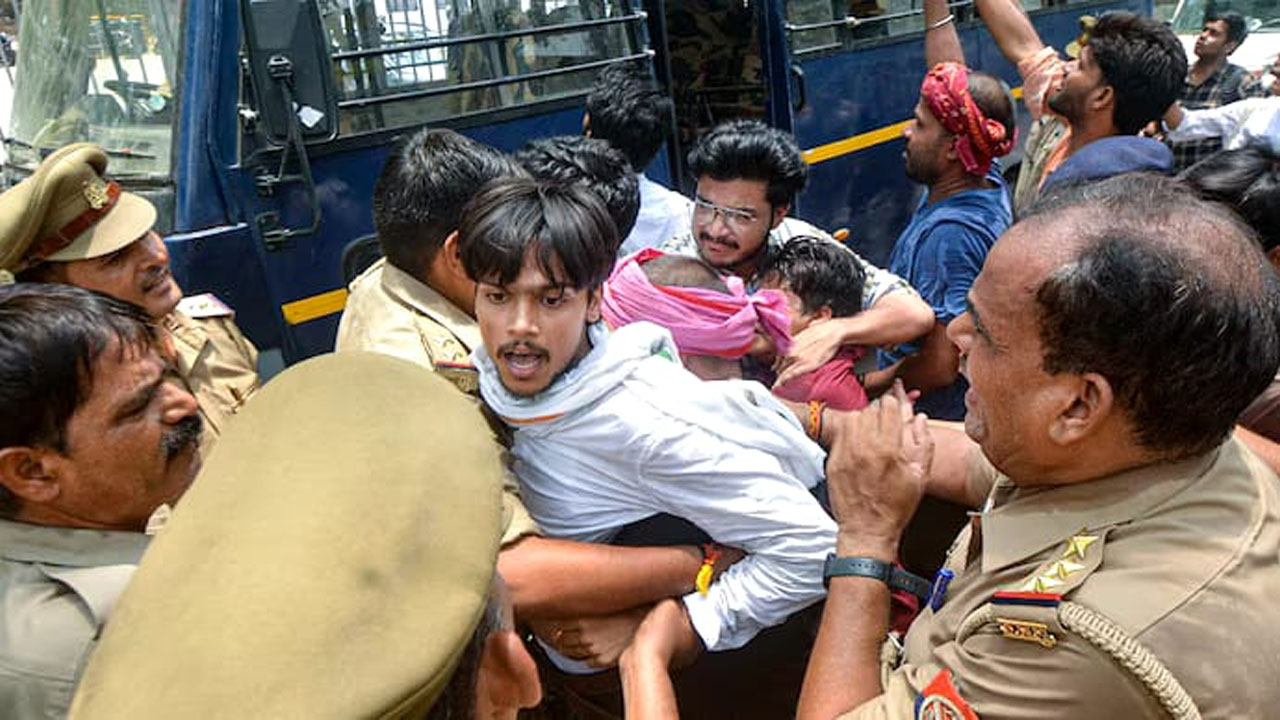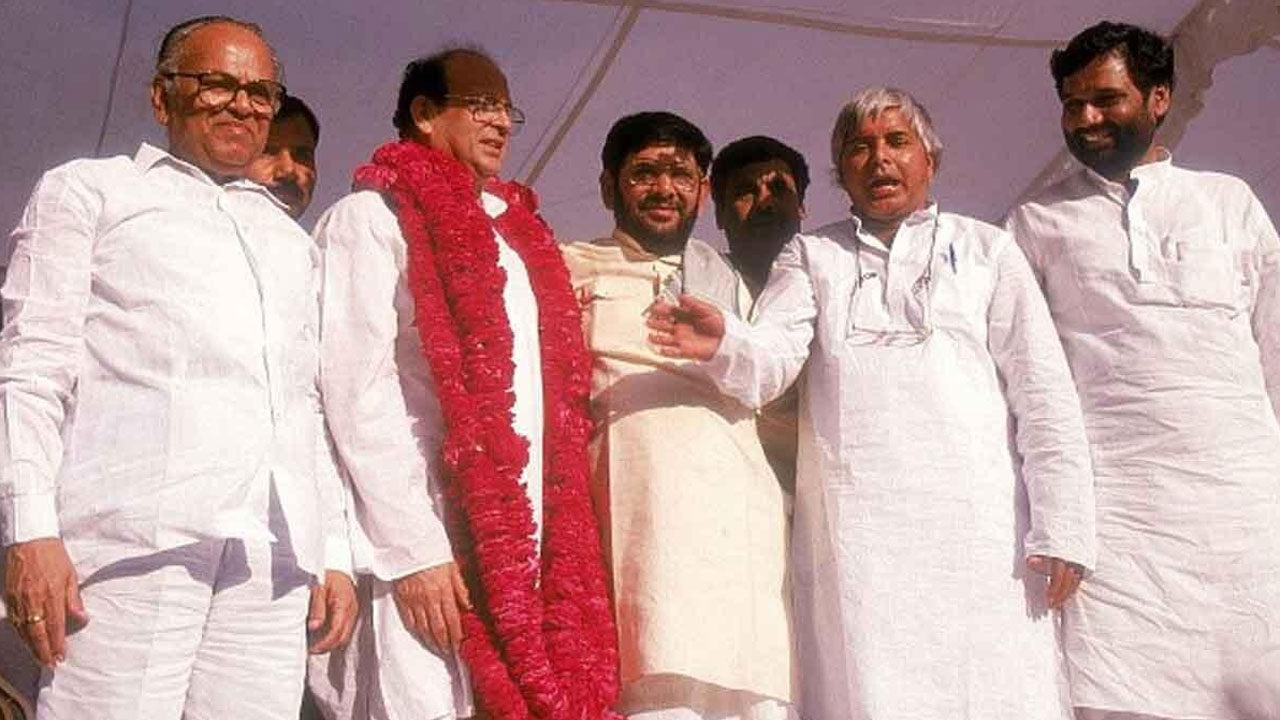It was only a coincidence that within days of Ashok Kumar Bhagwan Bhai Parmar’s photograph being published in FORWARD showing him as a Gujarat 2002 rioter, I met him in March at a book release function at Tiruchirappalli, Kerala, organized by the CPM. There, too, he was introduced as a rioter. FP used Parmar’s photograph with John Dayal’s story, ‘Manifesto from the margins’ in its March 2014 issue, but his photograph has been carried by many other publications for years. This can be explained as the outcome of the bias of a certain community which dominates the media. But FP also falling into the same trap is a matter of concern.

In fact, Parmar’s only fault was that he agreed to pose for a wellknown photojournalist Sebastian D’Souza but that act has been misinterpreted time and again, most recently, in the press releasebased stories, carried by the newspapers, on Kutubuddin’s book release function. To begin with, he was referred to as Ashok Mocchi. It is not difficult to guess the mindset of those who found this new name for him. The newspaper articles seemed to suggest this was the first meeting of Parmar and Kutubuddin (whose photograph, showing him begging for his life with tearful eyes and folded hands after the Godhra incident, was widely used by the media). They sought to create an impression that Parmar regretted the heinous crimes he had committed during the Gujarat riots. The journalists should be asked whether Ashok had admitted to any crime during the riots? Has he accepted that he was involved in arson and murders? If not, then what is he apologizing for? Does he represent the communal Hindus of Gujarat? Does he occupy any important position in the Gujarat government?
Parmar and Kutubuddin did not meet for the first time in Tiruchirappalli. Their first meeting was for Rakesh Sharma’s documentary Final Solution. Thereafter, Kutubuddin has visited Parmar’s shop more than once. They are friends for several years now. But the newspapers insisted that they had met for the first time in
Tiruchirappalli.
Without batting an eyelid, the newspapers described Parmar as a member of the Bajrang Dal. The truth is that Parmar is a follower of Babasaheb Bhimrao Ambedkar; he shares Babasaheb’s belief that the values of liberty, equality and fraternity are the bases of good governance.
Some time ago, when I was in Ahmedabad, I happened to meet Ashok. He has been repairing and polishing shoes at Shahpur Road shop for the last 20 years. He lives in a chawl. He doesn’t carry a mobile. Following a dispute with his brother over property, he left his family house. He could have taken his brother to court, but he did not like the idea.
 In 2002, the year of the riots, he used to sleep on the pavement, a few metres away from his small shop, and had his meals at a nearby hotel. He had fallen in love once in his life. It didn’t work out and thereafter the idea of marriage did not occur to him. One reason for not marrying was also his economic condition. “If I would bring a girl to my home, she would come with her dreams. I don’t have the capacity to fulfil her dreams. So, why get married and make somebody’s life hell?”
In 2002, the year of the riots, he used to sleep on the pavement, a few metres away from his small shop, and had his meals at a nearby hotel. He had fallen in love once in his life. It didn’t work out and thereafter the idea of marriage did not occur to him. One reason for not marrying was also his economic condition. “If I would bring a girl to my home, she would come with her dreams. I don’t have the capacity to fulfil her dreams. So, why get married and make somebody’s life hell?”
Everyone in the Muslim neighbourhoods near Shahpur Road knew Parmar. Even today, they are his customers. For the media, though, he was some top functionary of the Bajrang Dal, and those who did not know him began hating him because of his photograph. Two to three months after the riot, a group of unknown masked men made a murderous assault on him. He preferred not to file a case. He says, “The assailants perhaps thought that I had slain many Muslims in the riots. I know that when they come to know of the truth, they will repent for what they did.”
Parmar adds: “I have never been associated with the Bajrang Dal or the BJP, nor do I have relatives or friends who are in the Bajrang Dal or the BJP … During the riots, when I realized the rioters wouldn’t spare my Muslim neighbours, I helped them – some five families – escape to their relatives’ homes where they would be safer.” I asked Parmar about how he ended up in the photograph. After the Godhra incident, Gujarat was boiling with anger. Ahmedabad was no exception. Reports of arson and damage to shops were coming in but no one could foresee the violence taking such a horrific turn.
Parmar’s picture was taken a day after the Godhra incident. The VHP had called for a total shutdown on that day. He read about it in the newspapers and decided not to open his shop. He was sitting in the garage of Nazeerbhai, his neighbour. The situation started deteriorating around 10am. Attacks on shops began. While Parmar was sitting in the garage of Nazeer, a mob surrounded him too. He pleaded with the mob, convincing them with great difficulty that he was a Hindu. Due to his overgrown beard, Parmar realized he could pass for a Muslim, so he decided to tie a saffron scarf on his head to save himself. By 11.30, the mobs had turned vicious and he decided to rush towards his chawl and take shelter there.
As Parmar was negotiating his way through the mayhem, the eyes of AFP photojournalist Sebastian D’Souza fell on him. D’Souza, who would go on to join Mumbai Mirror and take that famous photograph of Ajmal Kasab, asked Parmar, “What is your reaction to what happened in Godhra?” Parmar said that what happened in Godhra was wrong but what the people were doing then was also not right. He added that Islam did not teach what Muslims did in Godhra and Hinduism did not teach what Hindus were doing in Ahmedabad.
D’Souza probably intended to capture the anger of the Hindus over Godhra. “He wanted to take my photograph from a distance, so I asked him to take a close-up instead,” Parmar recalls. “I told him I’d show
him how angry I was.” That is how he ended up in the photograph, with a saffron scarf tied around his forehead and brandishing a stick he had picked up from the street. The saffron scarf that he had found in
his uncle’s shop was meant to protect himself and the stick to shoo away the Hindus who had come to attack his Muslim neighbours.
The world over, though, he became the symbol of a blood-thirsty avenger. “I am a human being. I cannot
see anyone being killed or hurt. But I have been made a villain all over the world. I have been pronounced
guilty of a crime I never committed,” Parmar says. “You need not believe what I am saying. Just go and
talk to people in the Muslim localities around and you will realize the truth.” Ashok says that had he known
that the riots would lead to such bloodshed, he would not have allowed his picture to be taken. “The situation was not that grim on the afternoon of February 22 when my picture was taken. I had no inkling of what would unfold in the days to come,” he says. For the last 12 years, Parmar is being punished for a crime for which no court has held him guilty. It is time the world knows the truth behind the ‘Hinduvta’ face of the Gujarat 2002 riots.
Published in the July 2014 issue of the Forward Press magazine
Forward Press also publishes books on Bahujan issues. Forward Press Books sheds light on the widespread problems as well as the finer aspects of Bahujan (Dalit, OBC, Adivasi, Nomadic, Pasmanda) society, literature, culture and politics. Contact us for a list of FP Books’ titles and to order. Mobile: +919968527911, Email: info@forwardmagazine.in





